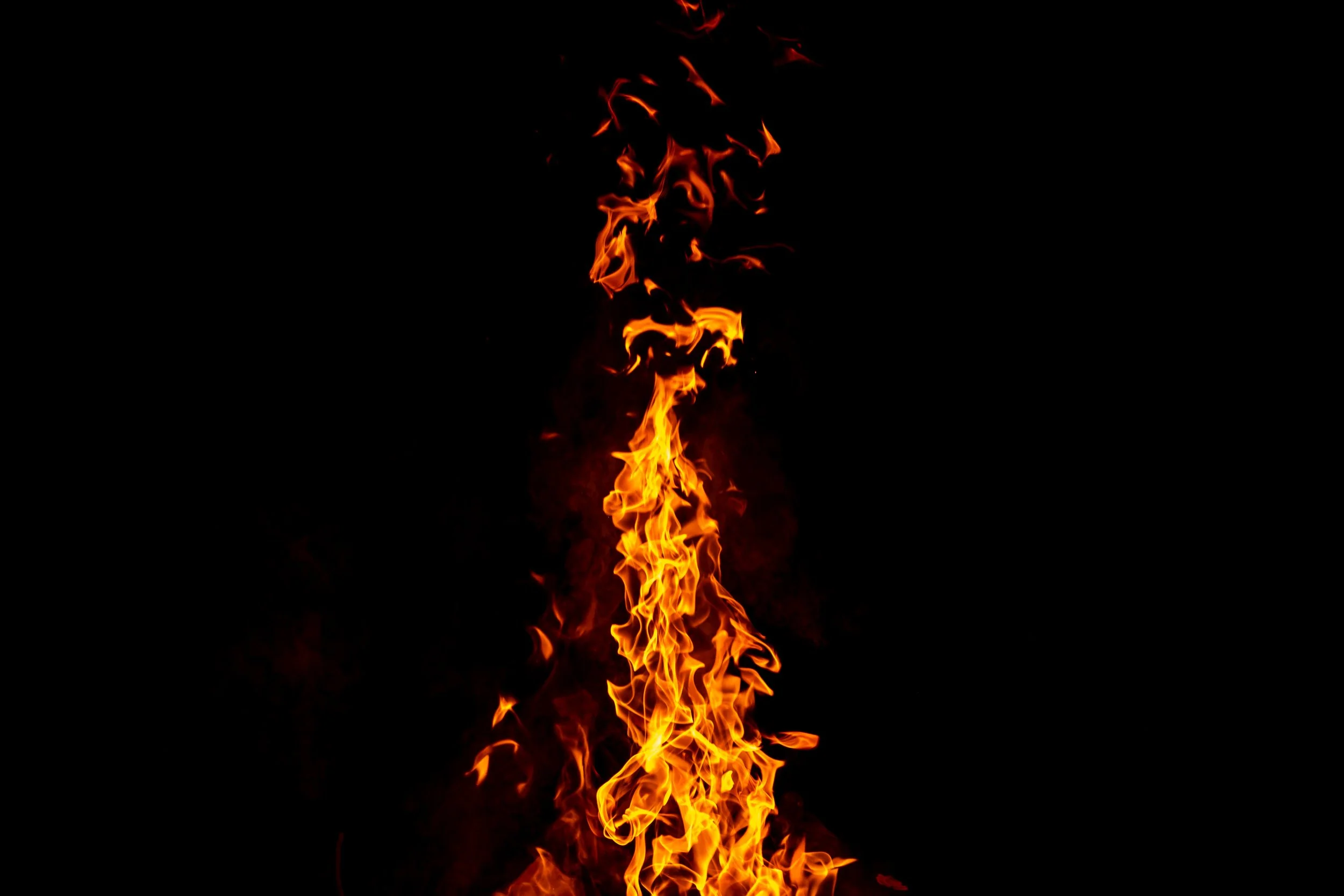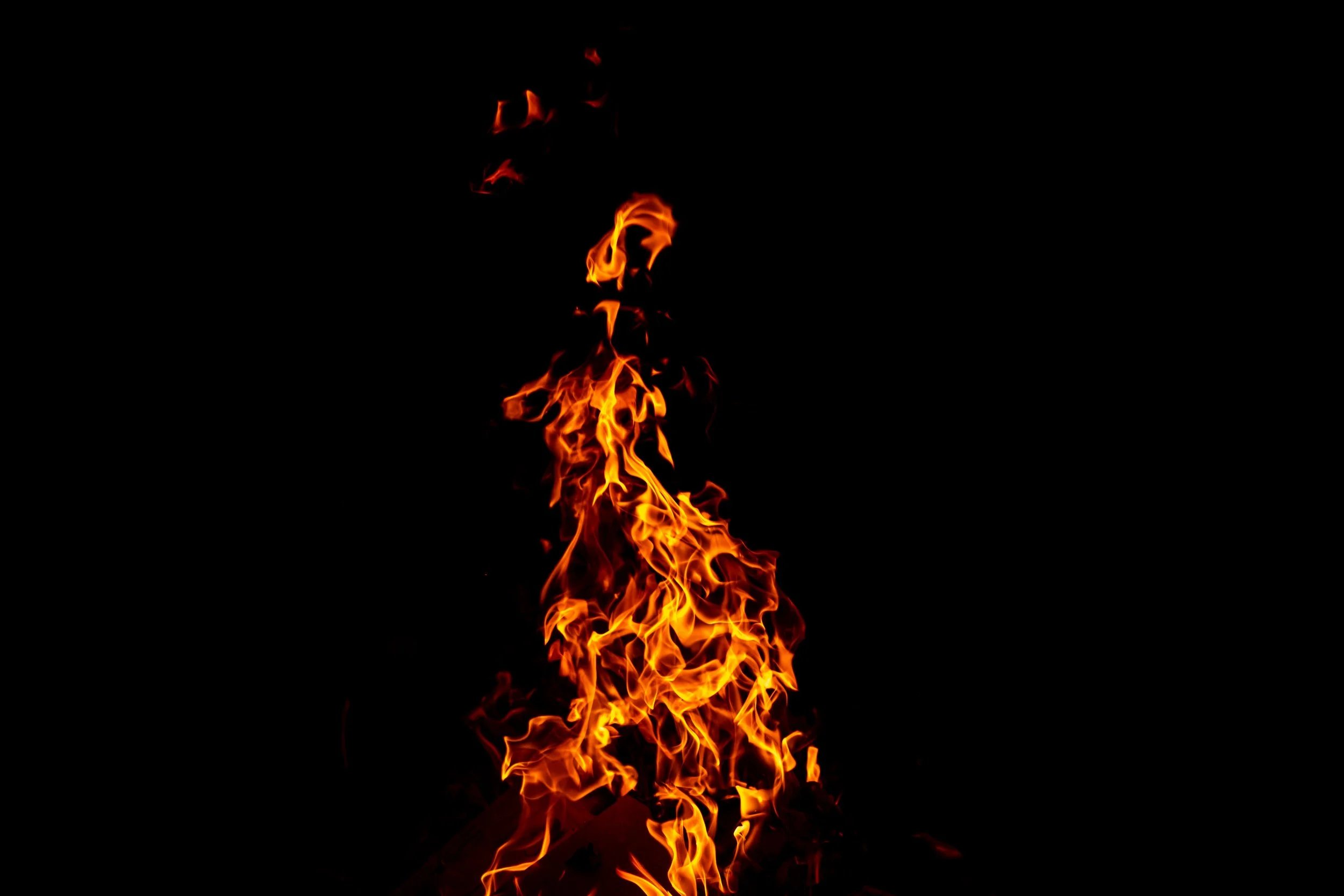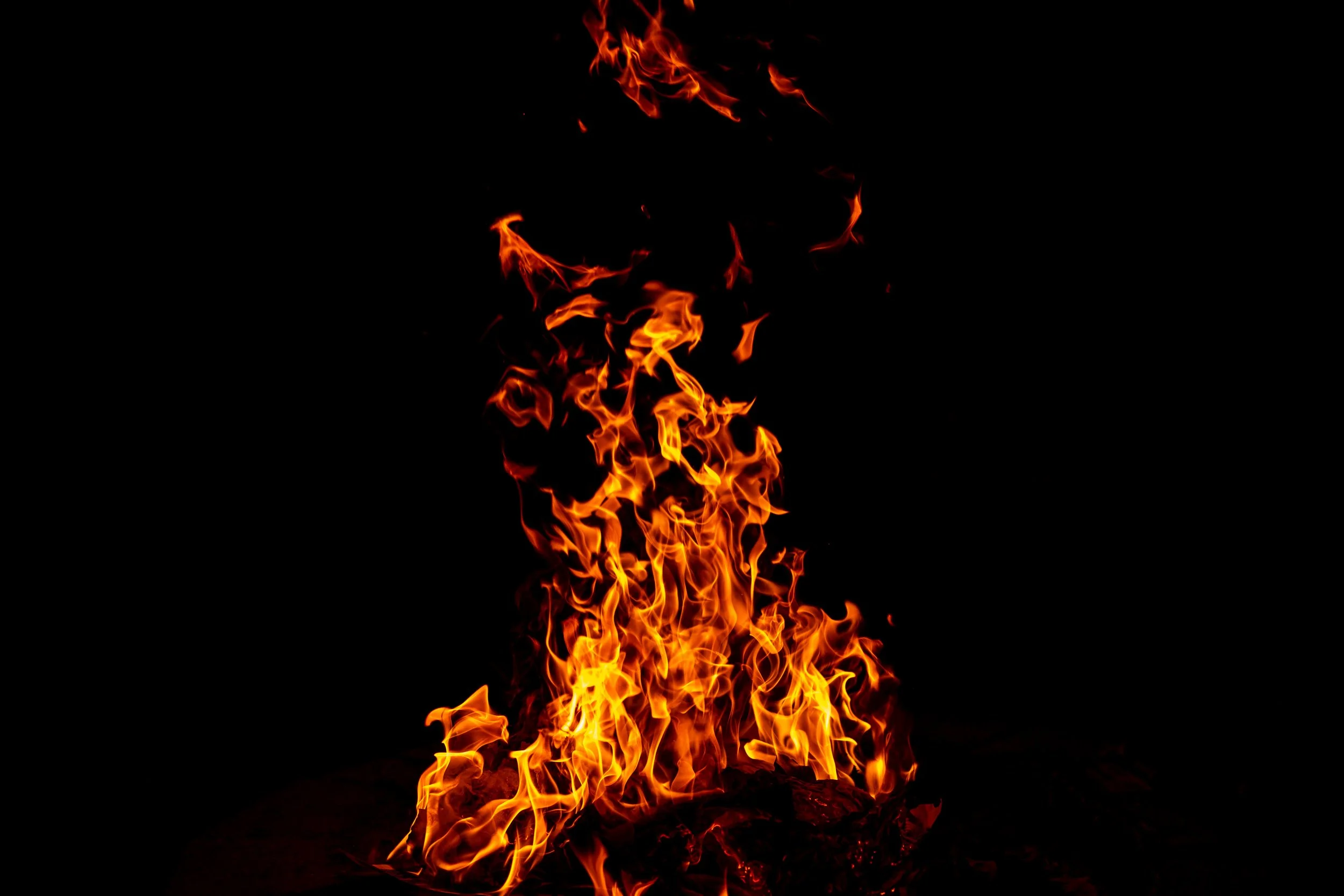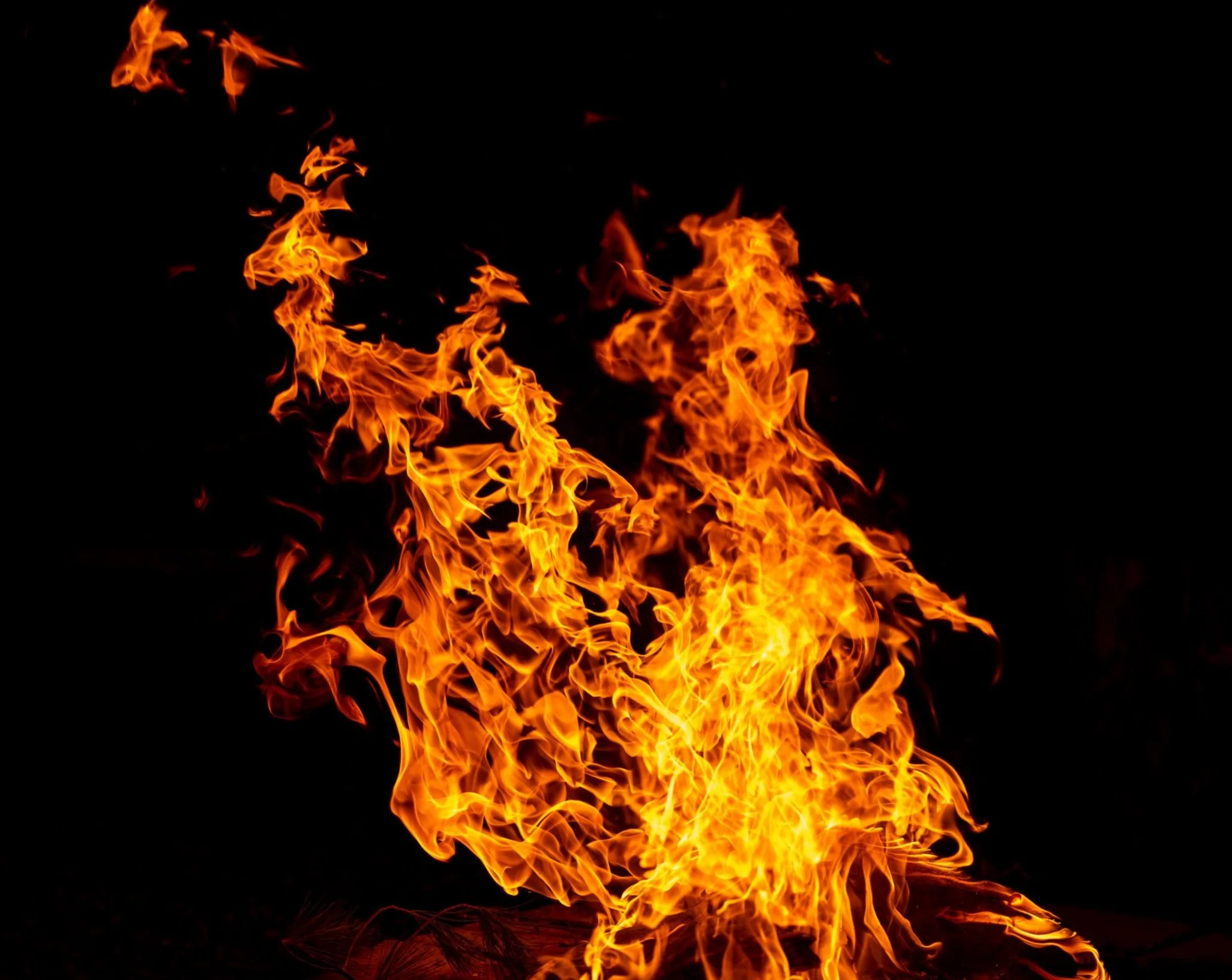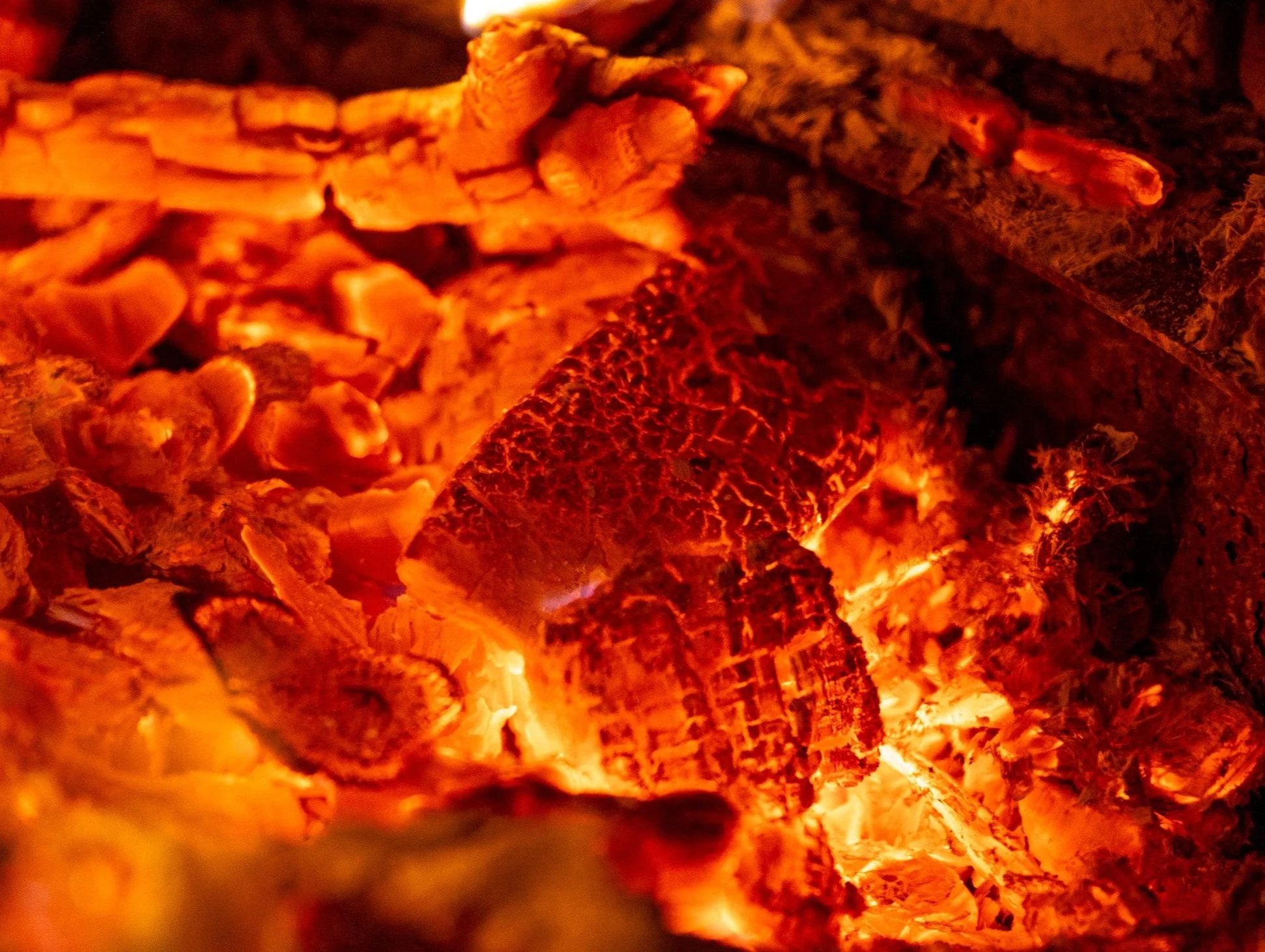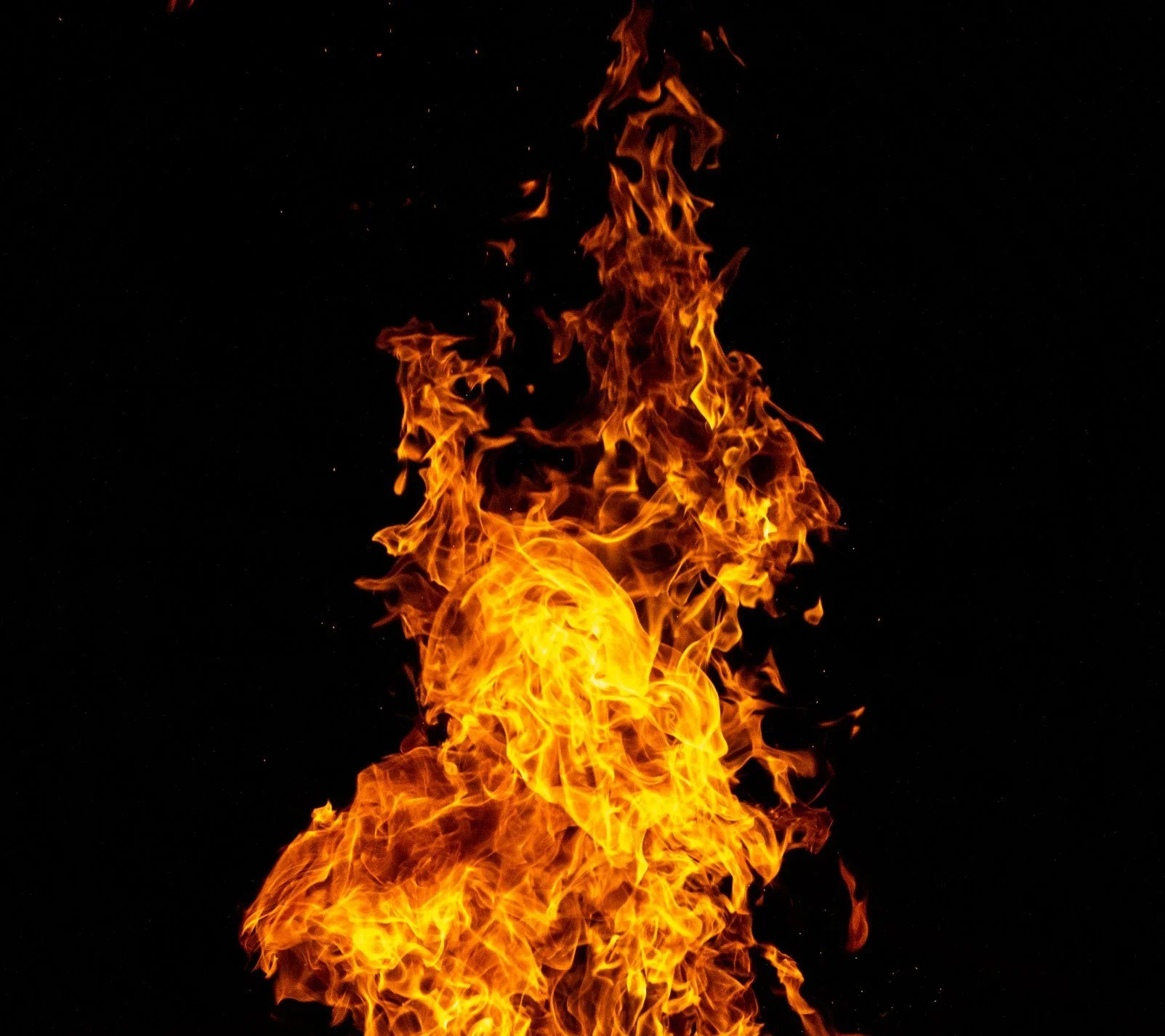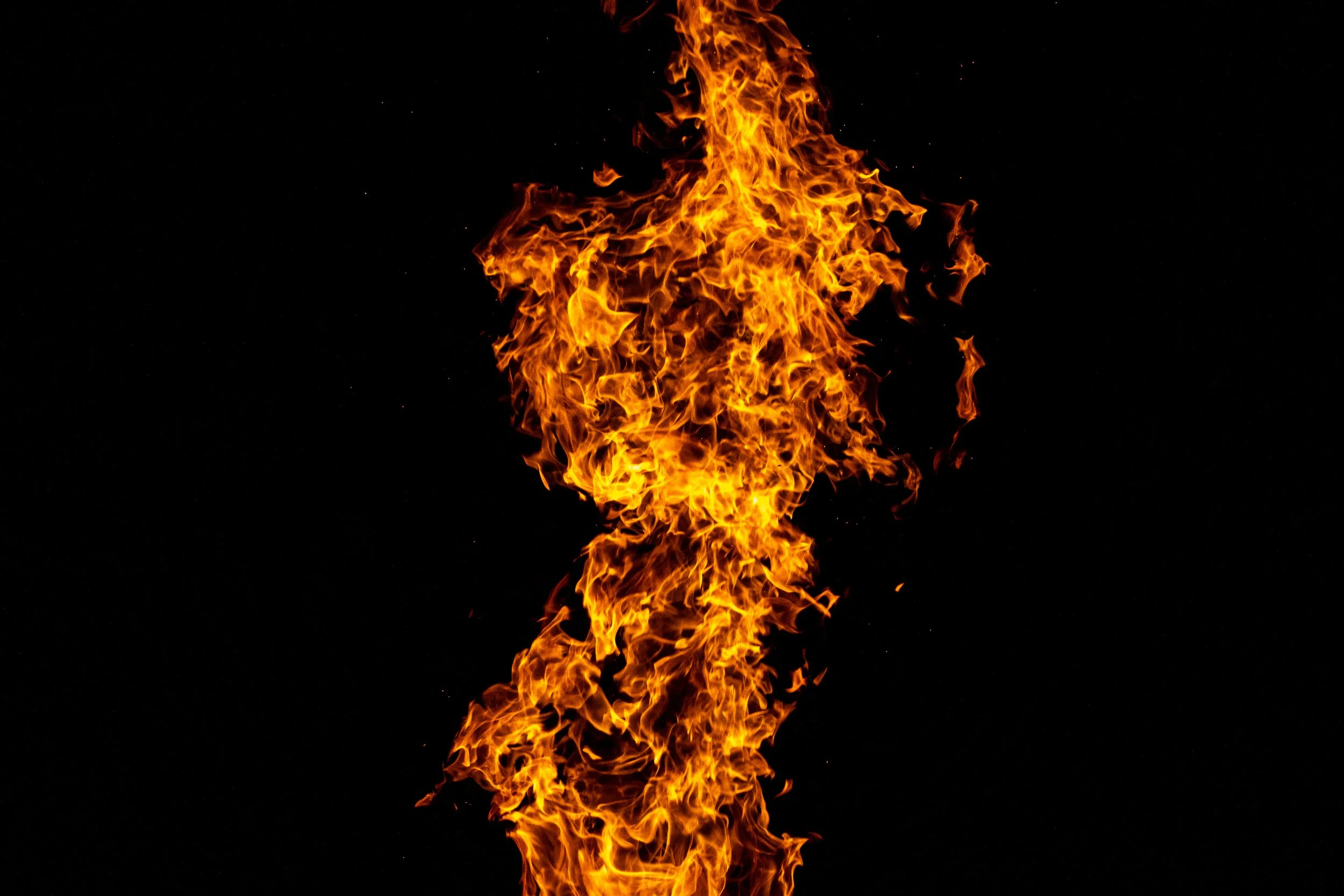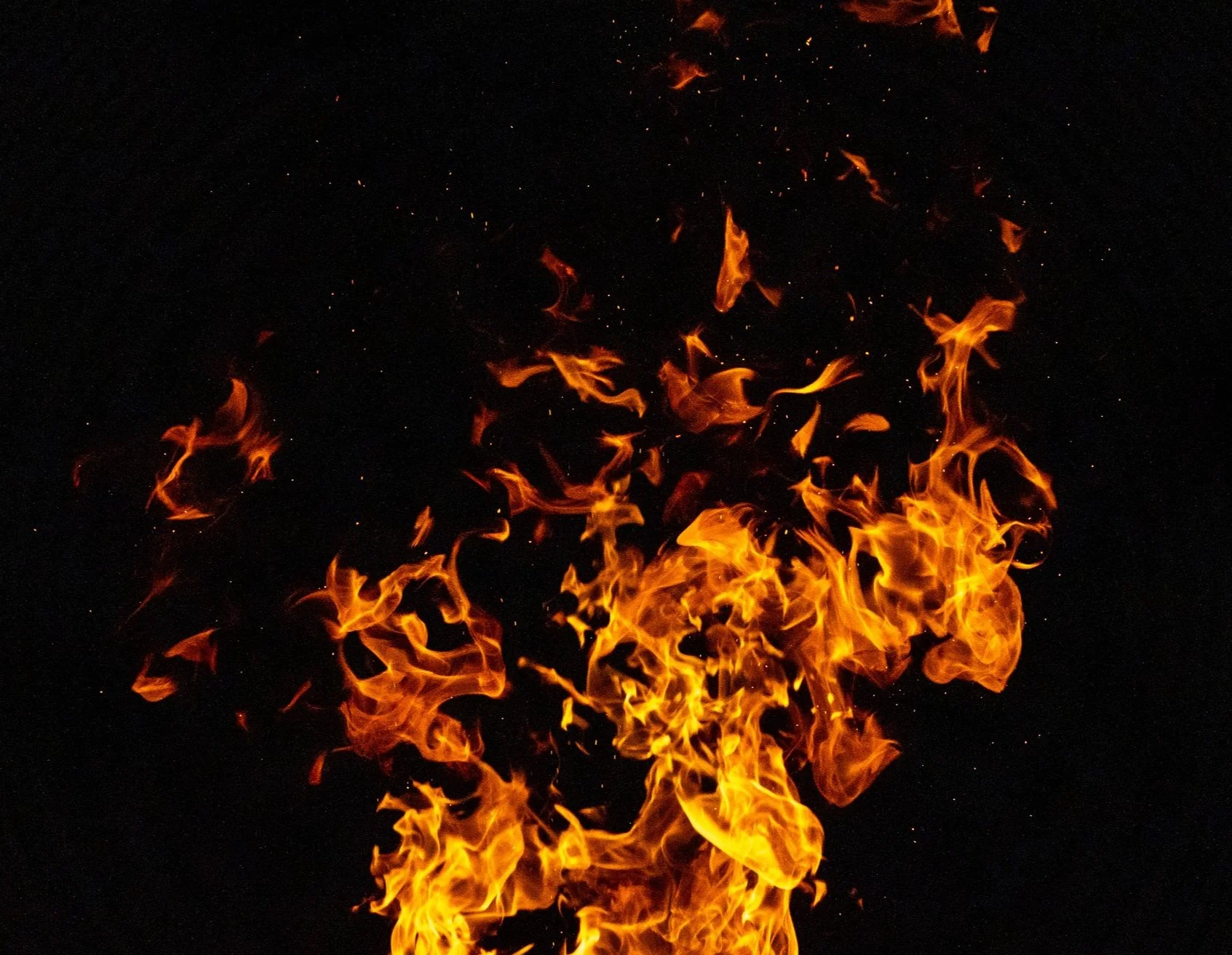Fire
Fire, a rapid oxidation process known as combustion, releases heat and light. For a fire to occur, three elements must be present, forming the "fire triangle": fuel, oxygen, and heat. Fuel can be any combustible material, from wood to gases. Oxygen, typically from the surrounding air, supports the combustion. Heat, the ignition source, initiates the reaction. The chemical reaction involves the rapid combination of fuel with oxygen, producing hot gases and often a visible flame. Different materials burn with varying intensities and colors, reflecting the specific chemical reactions taking place. Understanding the fire triangle is essential for both fire prevention and firefighting, as removing any one of these elements will extinguish the fire.
The History of Fire
The history of fire is inextricably linked to the evolution of humanity. From the earliest evidence of controlled fire use by Homo erectus roughly a million years ago, to its sophisticated applications in modern industry, fire has profoundly shaped our world. Initially, fire provided warmth, protection from predators, and a means to cook food, which significantly impacted human diet and survival. Over time, humans learned to harness fire for toolmaking, pottery, metalworking, and agriculture, dramatically altering landscapes and societies. Fire's role extends beyond practical applications, encompassing cultural and ritualistic significance across diverse civilizations. While a powerful and essential tool, fire also presents a destructive force, necessitating ongoing efforts to understand and manage its complex relationship with the environment.
Fuel for Fires
When discussing "fuel for fires," it's important to understand the chemical process of combustion. Fire requires a fuel source, an oxidizer (typically oxygen), and heat. Fuels can be categorized into solids (like wood, coal, and wax), liquids (such as gasoline, kerosene, and alcohol), and gases (like propane, methane, and natural gas). The nature of the fuel significantly impacts the fire's intensity, burn rate, and the types of byproducts produced. Understanding the properties of different fuels is crucial for both controlled fires (like those in fireplaces or engines) and for fire safety and prevention.
Flames
Fire flames, the visible manifestation of rapid combustion, are a complex interplay of heat, light, and chemical reactions. These luminous, gaseous phenomena arise when a fuel undergoes exothermic oxidation, releasing energy in the form of heat and light. The color of a flame is indicative of the temperature and the specific chemical species involved in the combustion process; for instance, a blue flame typically signifies a hotter, more complete combustion, while a yellow or orange flame suggests incomplete combustion and the presence of incandescent particles like soot. The dynamic, flickering shape of a flame is due to the buoyant rise of hot gases and the turbulent mixing of fuel and oxidizer, creating a constantly evolving, mesmerizing display.
Colors of Fire
The vibrant colors of fire are a direct result of the chemical composition of the burning material and the temperature of the combustion. Typically, a yellow or orange flame indicates the presence of hot, glowing particles of unburned fuel, while a blue flame signifies more complete combustion and higher temperatures. Different elements, when heated, emit light at specific wavelengths, producing distinct colors. For instance, sodium produces a bright yellow-orange flame, copper burns with a green or blue-green hue, and potassium yields a lilac or violet color. These variations in flame color are utilized in techniques like flame tests to identify the elements present in a sample.
Types of Fire
Fires are categorized into distinct classes based on their fuel source, which is crucial for determining the appropriate extinguishing method. These classifications typically include:
Class A: Involves ordinary combustibles like wood, paper, and textiles.
Class B: Involves flammable liquids and gases such as gasoline, oil, and propane.
Class C: Involves electrical equipment.
Class D: Involves combustible metals like magnesium and titanium.
Class F (or K in the US): Involves cooking oils and fats.
Understanding these classifications is vital for fire safety, as using the wrong extinguishing agent can exacerbate the fire or create additional hazards.
Temperature
The temperature of fire is highly variable, depending on factors like the fuel source and the availability of oxygen. Generally, the color of a flame provides a rough estimate of its temperature: red flames are the coolest, transitioning through orange and yellow to white, with blue flames representing the hottest. Common wood fires typically range from 600°C to 1,100°C, while more intense flames, like those from a propane torch or acetylene, can reach temperatures exceeding 2,000°C or even 3,000°C. It's important to understand that fire temperature isn't a fixed value, but rather a dynamic measurement influenced by the complex chemical reactions of combustion.
Fire is a Process
The temperature of fire is highly variable, depending on factors like the fuel source and the availability of oxygen. Generally, the color of a flame provides a rough estimate of its temperature: red flames are the coolest, transitioning through orange and yellow to white, with blue flames representing the hottest. Common wood fires typically range from 600°C to 1,100°C, while more intense flames, like those from a propane torch or acetylene, can reach temperatures exceeding 2,000°C or even 3,000°C. It's important to understand that fire temperature isn't a fixed value, but rather a dynamic measurement influenced by the complex chemical reactions of combustion.
Fire Triangle (Heat, Fuel, Oxygen)
The fire triangle is a simple yet fundamental model that illustrates the three essential elements required for combustion: heat, fuel, and an oxidizing agent, typically oxygen. Without the presence of all three components, a fire cannot start or be sustained. Heat provides the initial energy to ignite the fuel, while fuel serves as the combustible material that reacts with the oxidizer. The oxidizer, most commonly oxygen in the air, enables the chemical reaction of combustion to occur. Removing any one of these elements will extinguish the fire, which is the principle behind various fire suppression methods. This concept is crucial in understanding fire behavior and implementing effective fire safety measures.
Not a Solid, Liquid or Gas
Fire is not accurately classified as a solid, liquid, or gas. Instead, it's best described as plasma, which is considered the fourth state of matter. However, even calling it strictly plasma can be a simplification. More accurately, fire is the visible effect of the rapid oxidation of a material, a chemical process known as combustion. This process releases heat and light. The flames we see are a combination of hot gases and plasma emitting light. Therefore, fire is more of a process than a distinct substance with a fixed form.
Chemical Reaction
Fire is a rapid chemical reaction, specifically a type of oxidation known as combustion. It involves the exothermic reaction between a fuel source and an oxidant, typically atmospheric oxygen, releasing heat and light in the process. This process breaks the chemical bonds within the fuel, converting it into gaseous products like carbon dioxide and water vapor. The visible flames are a result of the excited gaseous molecules emitting photons as they return to lower energy states. The specific color of the flames is determined by the elements present in the fuel and the temperature of the reaction.









